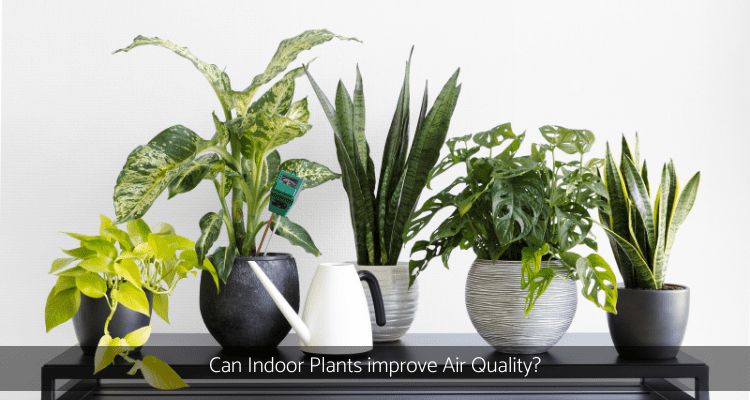Indoor air pollution is almost always worse than outdoors, even in city centres.
Although ventilation systems continuously “refresh” buildings with air from outdoors, this air is polluted indoors by Volatile Organic Compounds (VOCs) and carbon dioxide.
VOCs are petrochemical vapours “outgassed” from building materials including paint, carpeting, furnishings, plast
ics and even electronic equipment.
Almost 900 different compounds have been detected in buildings. The most commonly found ones include benzene, ethylbenzene, toluene and xylene.
In high concentrations, some of these compounds can be toxic, to the point of becoming carcinogenic. While the concentration of VOCs in modern buildings is usually quite low, there’s growing evidence that continued exposure (even at low levels) to these chemicals may result in the condition known as “sick building syndrome.”
Sufferers of sick building syndrome may experience acute discomfort and health effects that appear to be linked to the duration of time spent in the building. Typical symptoms vary, but can include nausea, difficulty concentration, irritability and drowsiness.
These symptoms can be severe enough to greatly diminish a person’s ability to work effectively. The direct cause is generally unknown to the sufferer, but symptoms lessen as soon as they leave the building.
Carbon dioxide is produced by human respiration, and high levels are 800 to 1,000 parts per million. When CO2 levels are above 1,000 ppm, building occupants can become quite unwell. This level is uncommon in modern building thanks to efficient ventilation air flow systems. Nevertheless, sick building syndrome-like symptoms can occur at much lower concentrations.
The Connection between Indoor Plants and Air Quality
In the 1980s, NASA researched growing plants on space stations. Results indicated a reduction in previously high volatile organic compound concentrations in the model spacecraft. Initial research focused on the different plant varieties themselves, but the consistency of the air-cleaning capacity among many species suggested that it was not necessarily a property of particular plants.
In 2000, Australian researched determined that it was actually the bacteria in the potting mix of potted plants that took up the VOCs. However, the plants themselves were still necessary as experiments showed that when plants were removed and only the potting mix was left, a gradual loss of performance over a few weeks occurred. It was found that the plants supply the soil bacteria with key nutrients that sustain their health.
More recent experimentation has monitored the background concentrations of VOCs in offices with and without plants over some weeks. These findings have revealed that even three potted plants in an average-sized office can reduce airborne VOCs.
The removal of CO2 with plants in offices has received less research attention, but field trials have demonstrated that 3 to 6 medium-sized plants in a non-air conditioned building can reduce CO2 concentrations by a quarter.
Should offices be taking advantage of indoor plants instead of air conditioning systems for ventilation purposes? The cost is greatly reduced, and the benefits far more effective. However, more research is still needed to get the complete picture of the potential of plants to deal with carbon dioxide and volatile organic compounds.
There is a growing push for more sustainable building, which should give this field more impetus.
Environmental psychologists have pointed out that there are many other benefits to having indoor plants in a workplace including:
- An improved emotional state
- Reduced negative moods
- Reduced distraction
- Increased creativity
- Improved task-performance
Far from being just another form of interior decoration, plants are important for maintaining the habitability of the indoor environment, where most of us spend 90% of our time. Rising energy costs and a growing emphasis on sustainability should make us consider how indoor plants can improve indoor air quality in the future.
Sources: http://pda.sciencealert.com.au/features/20131007-24560.html





